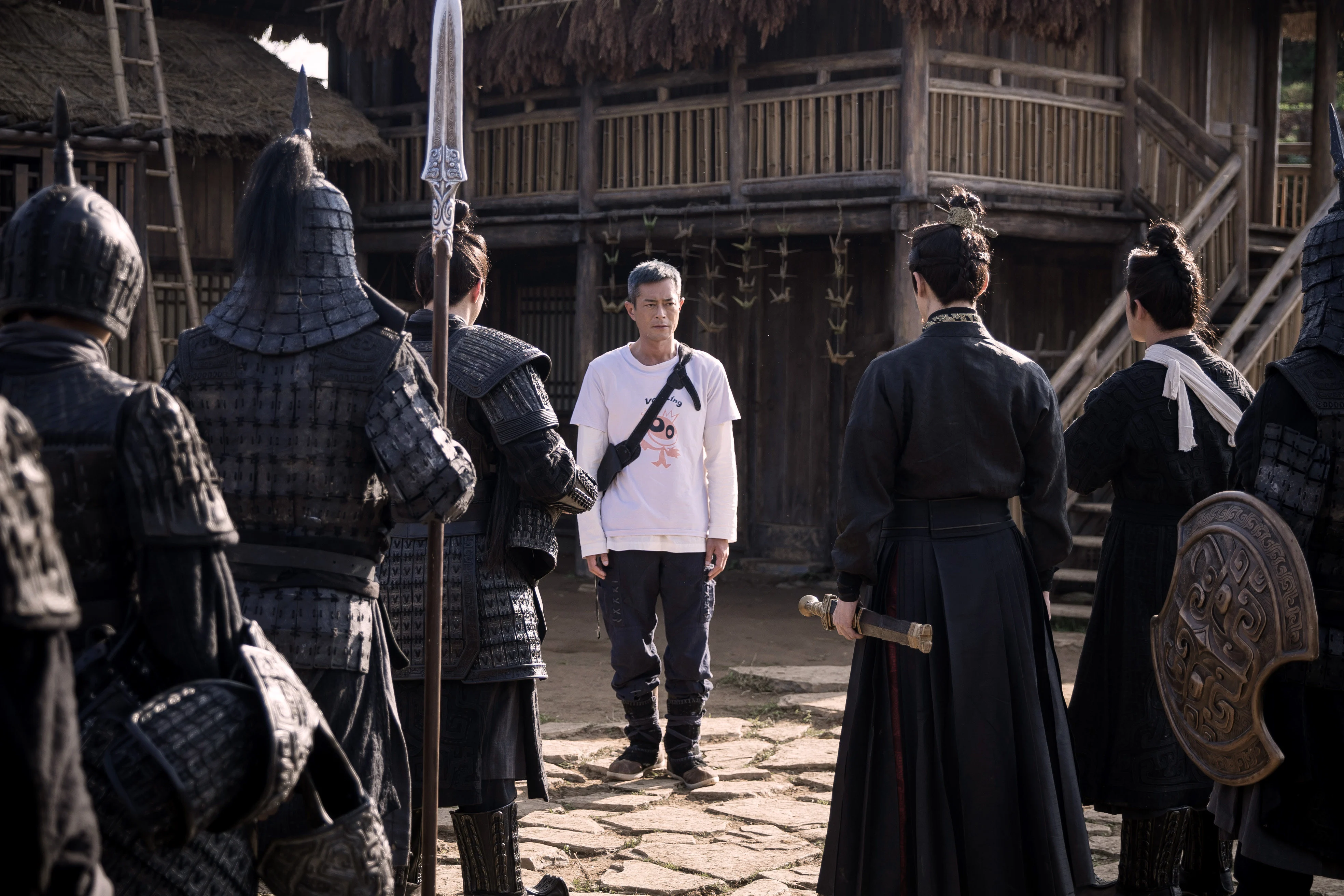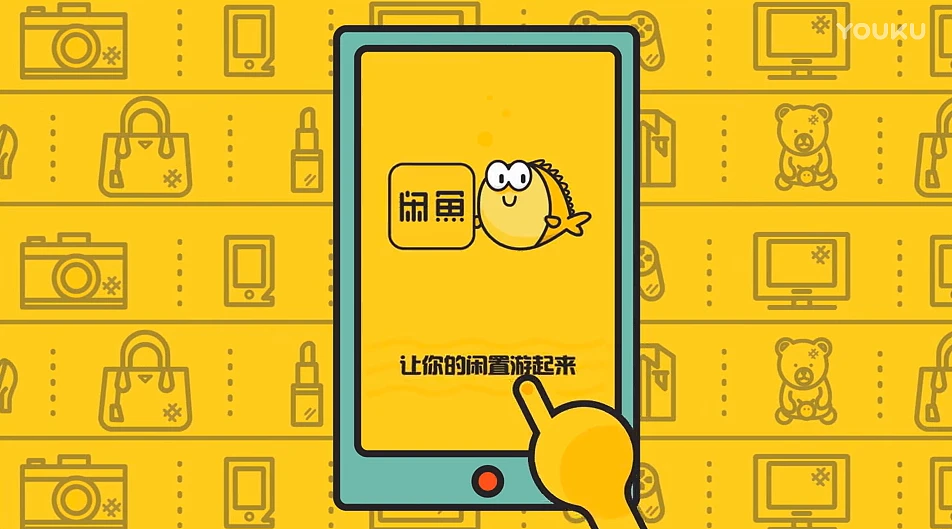Wide open sleeves that flow in the wind, lush hues of red and blue and pink, long loose skirts, and elaborate hair configurations are the trademarks of hanfu, a style of traditional Chinese clothing that dates back thousands of years, and is currently experiencing a renaissance among China’s ancient TV drama-obsessed youth.
Related:
 Search for Traditional Chinese Clothing Continues, In Spite of ConfusionAs we roll through the second-ever Chinese National Costume Day, it’s clear that the concept is more complex than it seemsArticle Apr 09, 2019
Search for Traditional Chinese Clothing Continues, In Spite of ConfusionAs we roll through the second-ever Chinese National Costume Day, it’s clear that the concept is more complex than it seemsArticle Apr 09, 2019
Ecommerce companies, meanwhile, are hard at work creating new ways to market the nostalgic merchandise, and cash in on the sudden upsurge in hanfu popularity. Alibaba has launched an app called Gutao (古桃), while livestreaming platform Huya has launched Huaxia (花夏). Both are social media apps designed to engage the fervent fan base driving the hanfu movement, and thereby nurture hanfu online shopping sales.

Gutao, left, and Huaxia, right
For example, Gutao allows users to browse and share pictures and videos, and it features different hanfu groups based on location or types of hanfu styles. Hanfu fans can use the app not only to check out the latest designs and prices, but also to organize hanfu banquets and themed photoshoots.
Huaxia, meanwhile, is more streamlined. Users can swipe through an Instagram-like feed of individuals, with all content bound together by the presence of hanfu.
Related:
 Costume Changes on the Subway is China’s Latest Crazy TikTok ChallengeChinese youth are swapping everyday clothing for traditional costume, fantasy outfits, and more as part of this insane TikTok crazeArticle Apr 18, 2019
Costume Changes on the Subway is China’s Latest Crazy TikTok ChallengeChinese youth are swapping everyday clothing for traditional costume, fantasy outfits, and more as part of this insane TikTok crazeArticle Apr 18, 2019
At stake for ecommerce companies is a niche but burgeoning market. Tmall data shows that in 2005, the Alibaba-owned ecommerce platform had only 7 hanfu merchants, but by 2018 that number had ballooned to 815. According to the 2018 Chinese Hanfu Industry Report, hanfu enthusiasts numbered more than 2 million at the end of last year, feeding a sub-culture industry worth an estimated 1.09 billion RMB (about 156 million USD). The consumers behind the hanfu movement are primarily young female Chinese eager to sport clothing reminiscent of their country’s rich past.
The manufacturing process for hanfu clothing is more complex than that of most Western clothing, and therefore hanfu prices are generally a bit more expensive. According to Alibaba’s 2018 data, more than 60 percent of hanfu sales were of clothing that cost 100-300RMB (about 14-43USD), while hanfu priced at more than 500RMB (about 71USD) accounted for over 30 percent of sales.

















